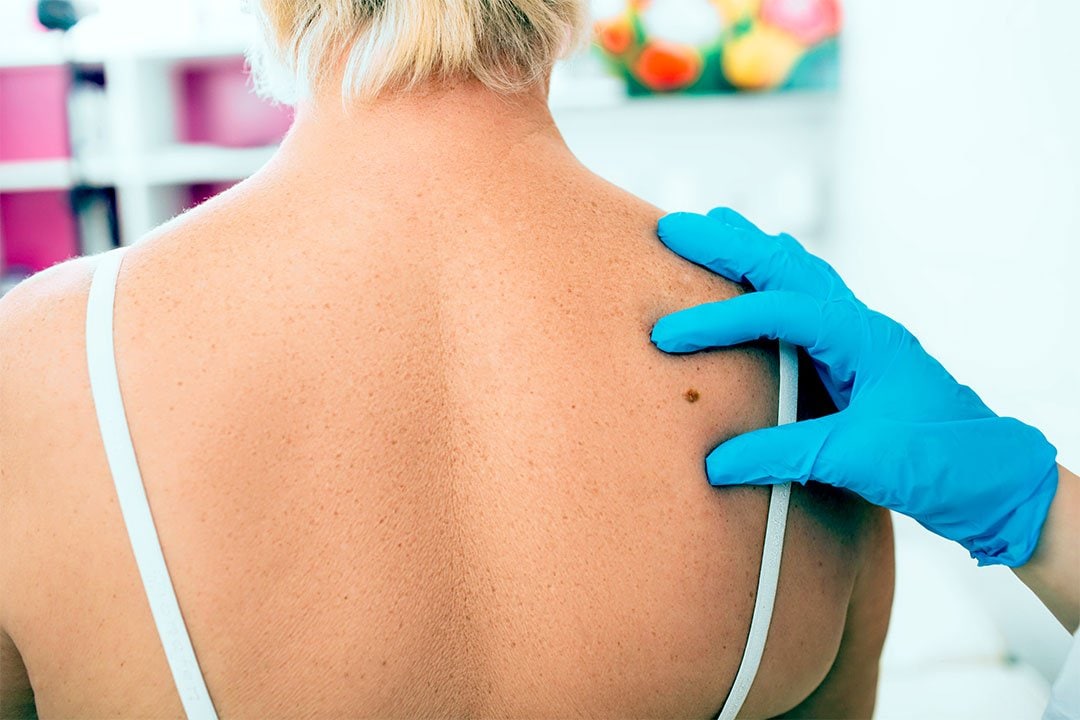When Should You Get Your Mole Removed?
 Was that mole there before? Or is it new? Should you have it removed or are you just worrying unnecessarily?
Was that mole there before? Or is it new? Should you have it removed or are you just worrying unnecessarily?
Most people have moles, and the number from person-to-person is widely variable, and often runs in families. If your parents have lots of moles, you probably will too. While babies can be born with moles (congenital), more often they have none and develop more during childhood and teen years, especially with more sun (UV) exposure. By adulthood, it's perfectly normal to have somewhere between 10 to 40 moles, though again, this is variable. If you want to reduce the number of moles you develop, protect your skin from the sun! As you age, your moles may begin to slowly change. Some moles may change color or become raised. Others may not change at all. Sometimes moles even disappear. Sun exposure can make existing moles darker.
Should I Get My Mole Removed?
Moles are typically harmless. Sometimes people want a mole removed because it causes discomfort when it rubs against something.
Moles that change in color, size or shape may be pre-cancerous or cancerous. If you have a mole that is changing, looks different than your other moles or have one that appears after age 30, make an appointment with your primary care physician or professional or a dermatologist to evaluate your mole. They may decide to do a biopsy of the mole. A biopsy is when a mole is removed and sent to a lab to check for cancer.
How is a Mole Removed?
A mole can be removed in a number of ways, depending on its location, size and appearance. Usually your doctor will numb the skin with local anesthetic and either shave it off or cut it out and stitch it up. You can speak with your physician about your best option.
Never try to remove a mole on your own. Not only can you cause an infection, but if your mole is not sent for evaluation by a pathologist a cancer could be missed.
What is a normal mole?
Normal moles are typically even shades of tan, brown or flesh-color.
If the mole has unusual or multiple colors (black, grey, brown, pink, red or others) get it checked out.
Normal moles tend to be smaller than the head of pencil eraser, (less than six millimeters in diameter.)
If the mole is large, especially much larger than others, get it checked out.
Normal moles have distinct margins and a symmetrical appearance.
If the mole has indistinct borders or is asymmetrical side-to-side or top-to-bottom, get it checked out.
Don't worry but don't procrastinate!
Some people are so worried about cancer, they just ignore worrisome or changing moles. Please don't do this. Most moles are harmless, so most often a visit will ease your mind. But a suspicious mole should not be ignored. Skin cancers, even melanoma, are curable if they are diagnosed and treated early. Unfortunately, ignoring a dangerous mole could prove fatal.